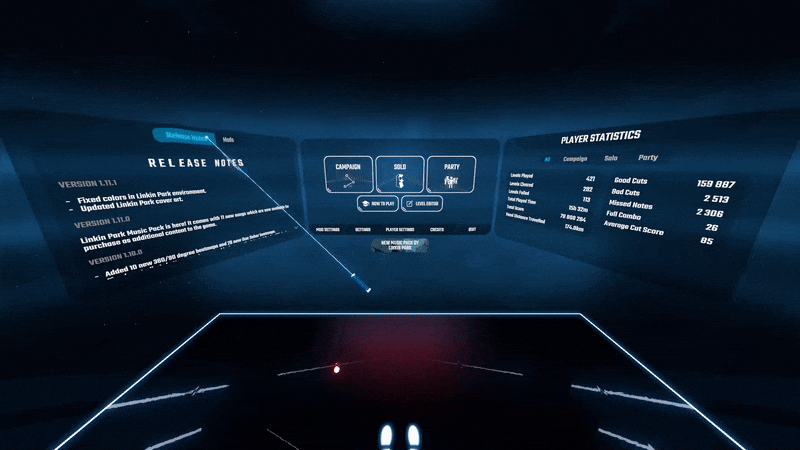Written by Ian Hong

I just bought Subnautica last night (thanks steam sale) and I will be offering my thoughts on its VR version. Three of my classmates have previously reviewed this game, but they were all based on the PC version. You can read their reviews here:
I seek to extend their insights through applying various analytical lenses and see whether the experience holds up in virtual reality. We begin our analysis by using the lens of essential experience as a succinct introduction to the game.
Lens 2 – Essential Experience
- Exploring a dangerous and beautiful alien ocean in first person while trying to find materials to build a ship to escape the planet.
- It’s like underwater single-player Minecraft with a more compelling plot and a pre-made world map
For those who understand things visually, take a one minute peek using this gameplay clip.
Now that we’re acquainted with what Subnautica is, let’s analyse why it is fun and what makes it fun. Why are we looking at this first? Because I am interested in how games drive intrinsic motivation, and I hope to apply some of these techniques to non-game contexts to make life easier. For example, imagine a system that lets you have fun while analysing your cashflow! (okay, I digress)
Lens 21 – Flow
What keeps the player engrossed in Subnautica?
The answer – it allows the player to enter a flow state, which can be described using the 8 major components of flow:
- A challenging activity requiring skill
- Concentration on the task at hand
- A sense of control
- A merging of action and awareness
- A loss of self-consciousness
- An altered sense of time
- Direct, immediate feedback
- Clear goals
For the aliens among us, this is what most people experience when they describe a game as ‘fun’.
How Subnautica aces this
According to Nicole Lazzaro’s 4 Keys to Fun (courtesy of NM4260 Game Design), Subnautica employs hard fun and easy fun to bring the player into a flow state.
Hard fun is derived when the player pursues a challenging goal and achieves it through their mastery of the game mechanics. They then go on to pursue even tougher goals. Eg. you beat level 10 of Tetris without using the ‘store’ mechanic.
Easy fun emerges when a player explores and discovers something that wows them, and is driven by curiosity to explore more. Eg. you discover a new cat after changing up your furniture in Neko Atsume
// I am still in the process of editing this blog post, and will finish it soon. the rest of the post is in a draft form.
// describe how the game gives the player these 2 types of fun
- the player ‘chooses’ the difficulty by venturing into unexplored territory, thus matching the challenge to the player’s skill level
- as other guy mentioned, i agree that some players are unwilling to take risks, making the game boring
Lens 7 – Elemental Tetrad
Mechanics
swim
collect
craft
83 fantasy secret wishes, helps player escape boring life
Aesthetics
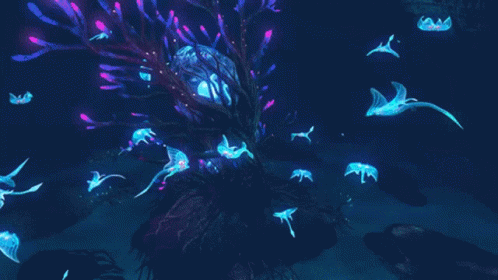
Story
very nice story
is it related to 19 the player: what do they like, don’t like, expect to see in game, what would they wanna see in the game? what do they like or dislike about the game [definitely the feedback button and the support that the team provides, with the latest 2.0 update released just dec 14 2022, 6 years after game release date!! madness.]
- what did the fav game guy say about being player centric? or the worth it guy (optimisation)
- 73 story machine interest curves?
- agree about story moving slow. way to identify what the user wants.
Technology
really good graphics, 3d, so many mobs, such big map, yet had good framerate. also, feedback button, game being improved as it was being played.
vr supported. that brings me to the main bit of this analysis – virtual interface control
Lens 59 – Control (or 61 virt interfaces)
the vr UI is really bad as compared to other vr games available in 2023. it really adds vr support and nothing more in terms of immersion or juciness.
2d hud, head cursor, pda opening too close to the face, awkward movement mappings out of the box, arms are not tracked, leading to loss of immersion (or the opportunity cost of not helping with immersion over the PC version, controls not that meaningfully mapped) quick access slots inaccessible, quitting the game inaccessible, had to press all buttons to finally give up and google and find out that i had to press the escape button on keyboard.
vr interface. 61 virtual interfaces? 63 feedback for telling player. affordances. ui. avatar got wetsuit
// compare with other games like those specifically made for vr
- freediver: horizon zero
- pales in comparison to bonelab
- vrchat at least hands follow your controllers
that said, it brings me to my favourite part of the vr adaptation of this game
Lens 29 – Secrets
a big part of the game is the wildlife, art of making convincing alien animal behaviour that triggers all of your innate phobias of what is dangerous.
plot, is forward force
radio signals
fog
sound design – the animal calls, breathing sounds on reaching the surface, bubble sounds were excellent.
also links to lens 1 – emotion.
most vr games do not have such a thoughtful story, this many creatures, and such a beautiful world and comprehensive sound design that this really blows the current competition out of the water in terms of content and hours of engaging gameplay.
Conclusion
like most things, the vr adaptation of subnautica wins in some areas and loses in others.
i dont think the devs will be improving the vr version, given its old release date. but this analysis has been very useful for my group’s underwater vr game, and i hope you have gotten something out of reading it.

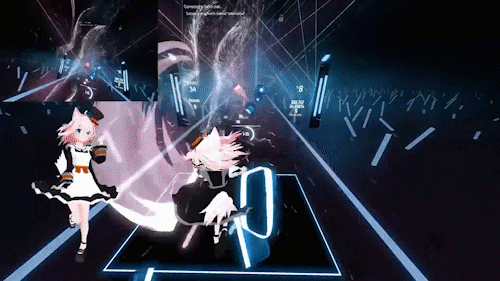
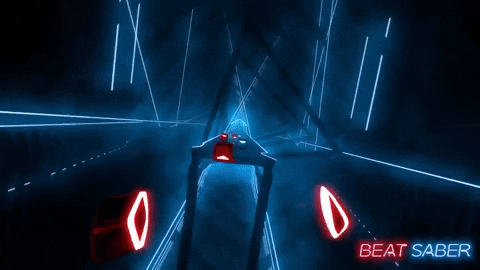
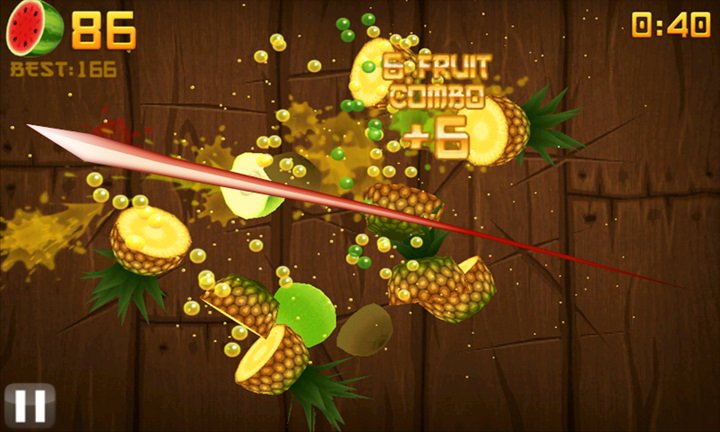
:no_upscale()/cdn.vox-cdn.com/uploads/chorus_asset/file/13632648/30814989567_166e009476_k.jpg)

